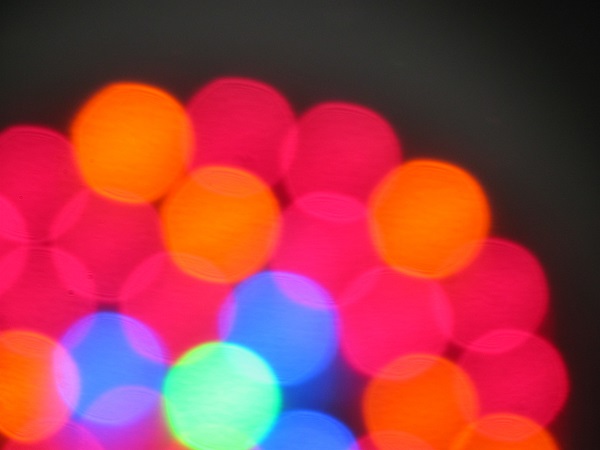
To understand why light meters can sometimes struggle with monitoring LED plant lighting, it’s important to understand what Quantum/PAR light meters are designed to measure. First and foremost, Quantum sensors are meant to measure sunlight. Sensors have a large margin of error measuring any man-made light source and an even larger margin of error measuring LED based light. This is especially true of red and blue light which are the main components of many types of LED plant lighting. Second, light meters are designed to measure light as it relates to human vision and not as it relates to plant growth.
In the past, all available artificial light sources contained large amounts of green and yellow. These wavelengths are not especially useful for plant growth, but they are wavelengths we humans perceive as bright. Because traditional light sources have the same imbalance, it was possible to compare traditional light measurements. This is not the case with LED grow lighting. LEDs utilize wavelengths that are useful to plant health and growth and leave out unnecessary wavelengths. The problem with this is that it requires a more expensive spectroradiometer to properly measure the individual wavelengths. Each manufacturer also uses a different mix making it difficult to compare one LED light to another.
The goal of a Quantum PAR light sensor is to give an equal response to all wavelengths from 400nm to 700nm. Unfortunately, the goal itself has been outdated by current science. We know that plants use light above 700nm and based on today’s understanding, some wavelengths are far more important than others (not equal). There are also wavelengths that fall within the 400 to 700nm range that contribute very little to plant growth. Using a quantum sensor to measure artificial light of any type requires a translation table based on wavelength and plant absorption ratio.
Compounding this problem, many meters have an increased level of sensitivity to wavelengths like green, yellow, and red wavelengths below 650nm; but underweight blue wavelengths and 660nm to far red wavelengths that are important to photosynthesis. Most instruments commonly used to measure PAR are in fact incapable of registering any wavelengths above 650nm which means they will not register over half the light emitted from a well-made LED grow light.
The only value in using a meter with LED plant lighting is in comparing the light emitted between models. Many PAR meters being used today are not capable of providing the numbers for a true comparison of LED plant lighting to any white light source.
Angela Lundmark is a freelance writer that enjoys outdoor and indoor gardening.
Related Articles & Free Email Newsletter Sign Up
4 Types of Artificial Light for the Greenhouse
How to Understand LED Grow Light Plant Lights and Watts
Understanding the 4 Types of Grow Lights




Comment here